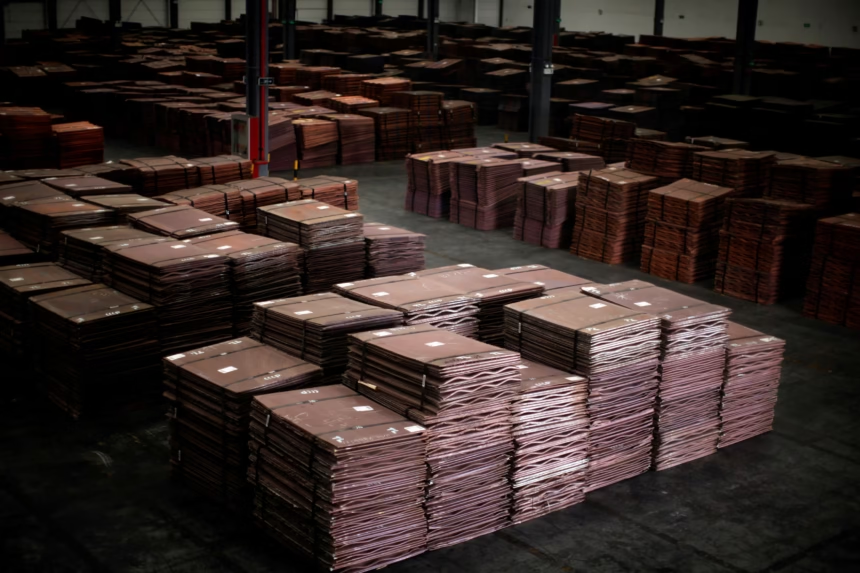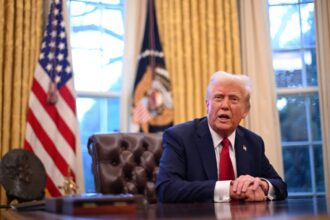The imposition of tariffs on imported copper has sparked intense debate over its potential impact on the U.S. manufacturing and construction sectors. While intended to protect domestic producers, these tariffs risk disrupting supply chains, increasing costs, and undermining the competitiveness of American industries reliant on copper.
Copper is a vital component in everything from electrical wiring to renewable energy infrastructure. By raising prices on imported copper, tariffs may inadvertently burden U.S. manufacturers with higher raw material costs, which could be passed down to consumers and slow economic growth.
Critics argue that rather than boosting domestic production, tariffs could reduce the availability of essential materials and encourage supply chain shifts to other countries, potentially harming long-term industrial resilience. Moreover, retaliatory trade measures by key copper-exporting nations could escalate tensions and impact broader trade relations.
Supporters of tariffs emphasize the need to protect American mining jobs and reduce dependence on foreign sources. However, balancing these goals against potential price inflation and supply disruptions presents a complex challenge.
Ultimately, the copper tariffs represent a high-stakes gamble that could reshape the U.S. industrial landscape—one where the risks of higher costs and supply constraints may outweigh the intended benefits of protecting domestic producers.














